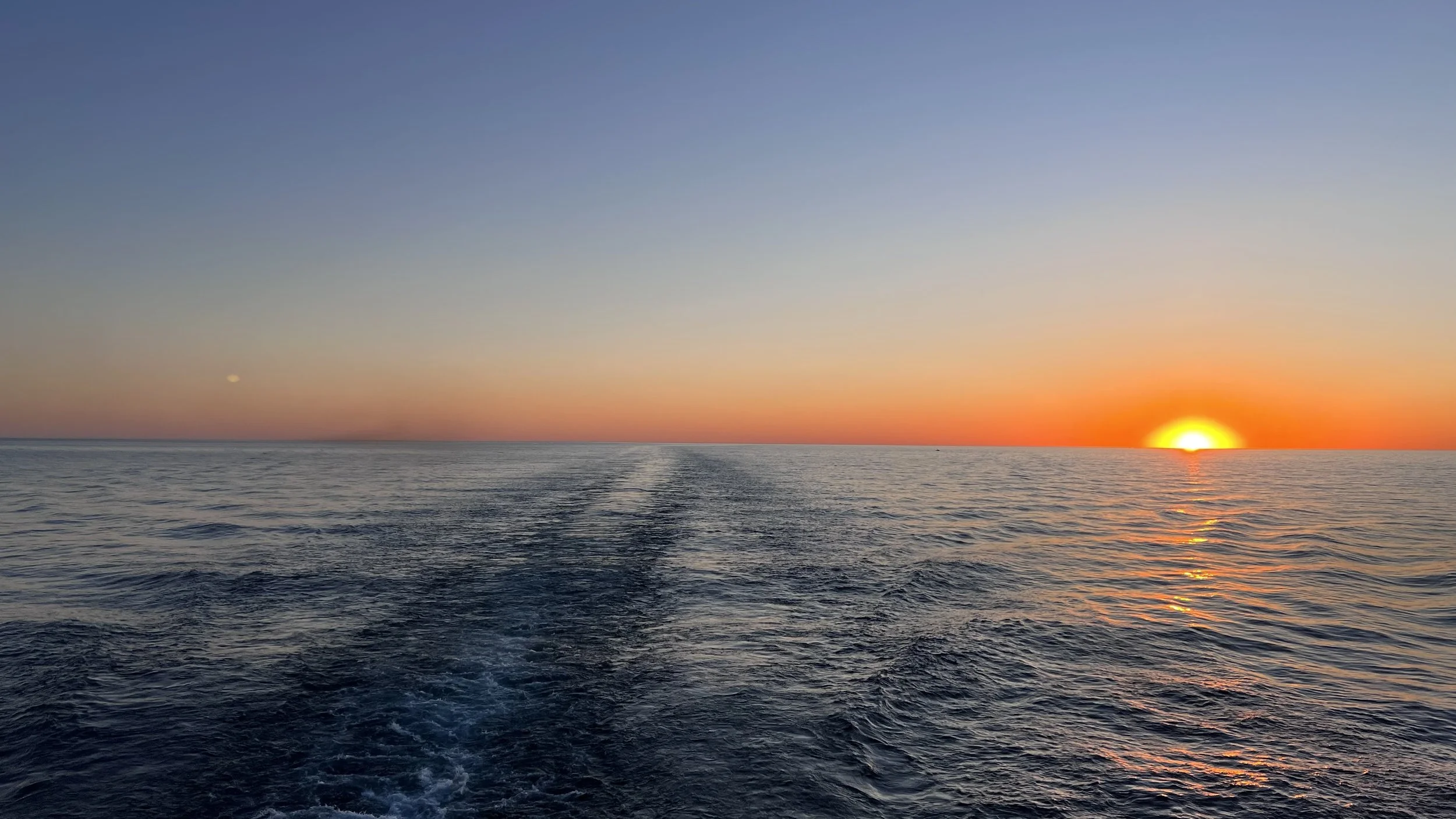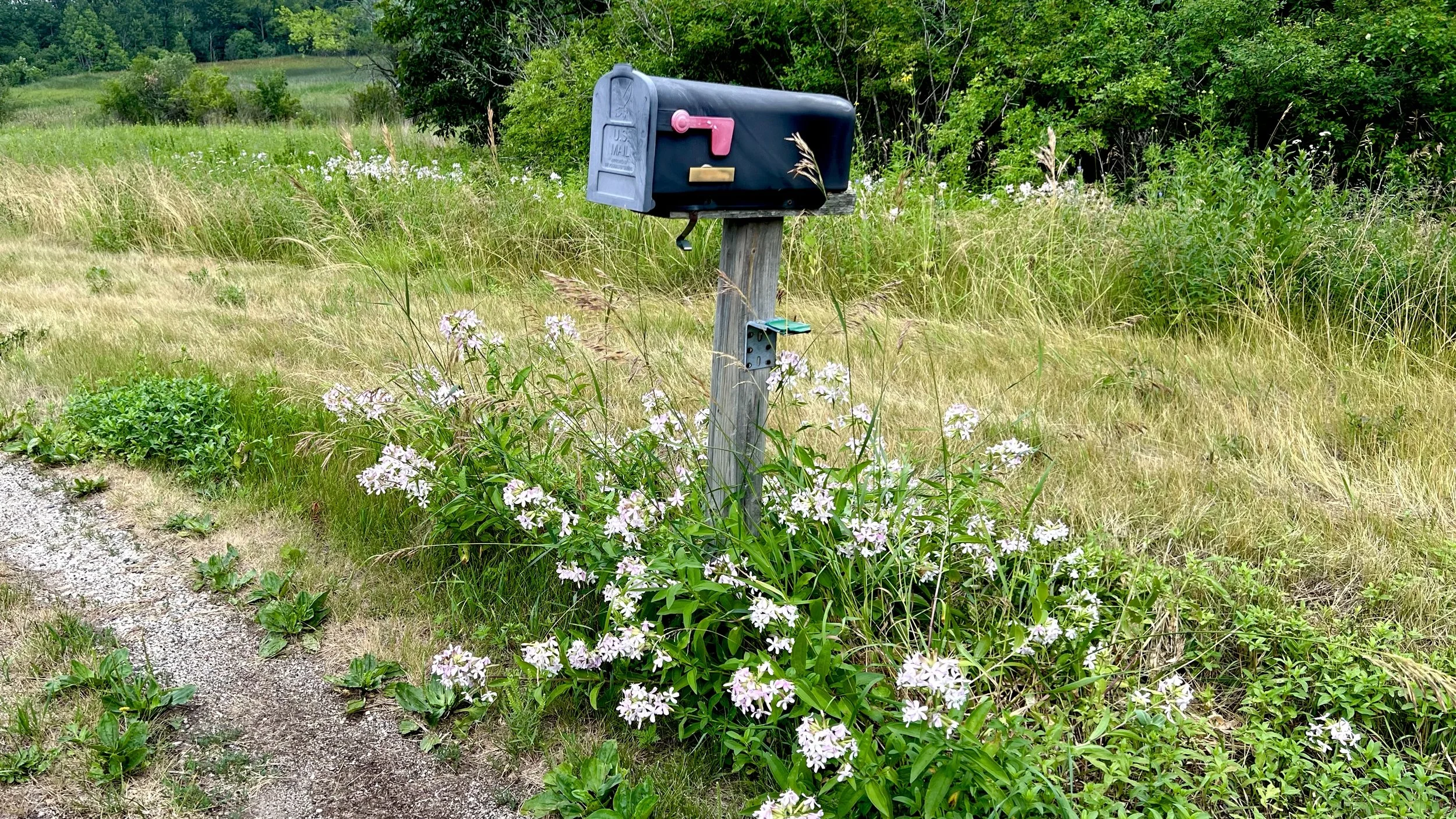When the sea came to Sendai
/Text and images by David Rubenstein
She looked up from the turnip she was inspecting, not understanding.
Then seeing the alarm in the grocer’s face as the neatly stacked vegetables broke ranks and scattered,
She recognized the earthquake for what it was.
The shelves danced; she rushed from the small shop into the street
Where other crooked doors disgorged frightened shoppers to the glittering sounds of breaking glass.
She wobbled on liquid ground as stonework crashed around her.
After a short eternity, the earth resumed its illusion of permanence and she felt the first misgivings.
His ashes, in the clay urn on which he had labored so hard in his frail final days, precarious atop the hearth.
She turned for home, dragging her cart over cracks and debris,
taking to the middle of the corrugated street to avoid the chaos on the margins.
She looked down and saw the turnip in her hand. White and purple
and looking as crisp as it had before the world fell.
She moved to drop it but thought better of it and tossed it into the cart.
Hurrying.
Within the melee.
Back through the streets she had strolled earlier
Past shops with windows gone and displays upturned and dazed people sitting on stoops
Holding crimson clothes against gaping wounds.
Faster now she walked, fear for her little home, for his ashes.
So long had he been gone
But for his promise
“When the sea comes to Sendai, we’ll be together again.”
What could he mean by that? She had wondered this past decade alone in her little house
Alone.
Alone with his ashes. In the urn on the mantle.
Frenzied now she stumbled. Stopped to calm herself.
Calm.
Earthquake.
Commonplace here.
Where the Pacific plate subducts that of Honshu, she knew. She had been through many.
She began walking again, reassured.
But as she passed the broken shops, she wondered
If those many earlier quakes had been quite like this. She picked up her pace again.
Nearly home, the chaos diminished as the street grew more residential,
she heard
A change in the clamor, the din.
A distant roar. Another quake?
Nearing. Louder.
She dared not turn, but hurried faster now, almost a run
Until she saw the face on the person she passed
Looking behind her, drained of blood.
Like Lot’s wife she turned and looked. Could not understand what she was seeing.
Floating cars?
Spinning buildings?
The earth coming undone, flowing down the street bearing people and
Unidentifiable flotsam.
And as she stood transfixed the tongue of the monster licked toward her and
Picked her up and carried her down the road
Toward her house
The world roaring along in massive waves of salty foam.
She went under the water, still holding to her cart.
She let it go and struggled upward, grabbing onto a floating object which held her up
As the maelstrom passed her corner and carried her down her street.
Something hit her and tore the supporting flotsam from her grasp.
She went under again.
She opened her eyes and the turmoil slowed as she sank
slowed
And then she looked down and saw that she was standing on a wooden floor.
And as the world became still, and quiet, and serene, the floor slowly became transparent.
When it had cleared to glass, she could see below
In her immaculate green garden
a figure bent over a perfect bonsai tree,
clipper in one hand, inspecting closely the gnarly branches.
And the floor dissolved and she began to float down,
and the figure looked up,
his eyes seeing her from beneath the brim of his familiar Fukushima ball cap
and she heard him say
Oh, there you are.
David S. Rubenstein is an American writer, photographer, poet, and painter. His short stories have appeared in Crack the Spine, Still Point Arts Quarterly, Blood and Thunder, Yellow Medicine Review, Chrysalis Reader (five stories), The MacGuffin (two stories), Owen Wister Review, DeathRealm, The Monocacy Valley Review, Half Tones to Jubilee, The Rampant Guinea Pig, The Mythic Circle, Alpha Adventures, and others, and have been nominated twice for the Pushcart prize.
His photographs appear in Writing Disorder where he was featured artist, Peauxdunque Review, Still Point Arts Quarterly, Stonecrop, Brushfire Literature and Arts Review, The Penn Review, The Dallas Review, Sheepshead Review, Cargo Literary, Chrysalis Reader, Midwest Gothic, Blue Mesa Review, Drunk Monkeys, From Sac, Fishfood, New Plains Review, DeLuge Journal, and others. Five photos appeared in Abstract, where he was featured artist. D-M Farm is on permanent display in the Village of Montgomery town hall. Three photo prints on metal were displayed at the 2019 “Exposure” show at the SCJF. Photo “White Stillness” on metal appeared in Wisconsin ArtsWest 41 show. “Pushing” winner, Waterford Balloon Fest photography contest, July, 2022. Winner, Chickens Magazine, July/August 2022. Photos on sale at Strumpet and Tart in East Troy, WI. One-Person show Dec – Jan 2023/4 Silo118 Gallery Santa Barbara, CA.
His poem “High Place” appears in The Write Launch.
An interview with the author appears in Midwest Gothic Jan 2018.





